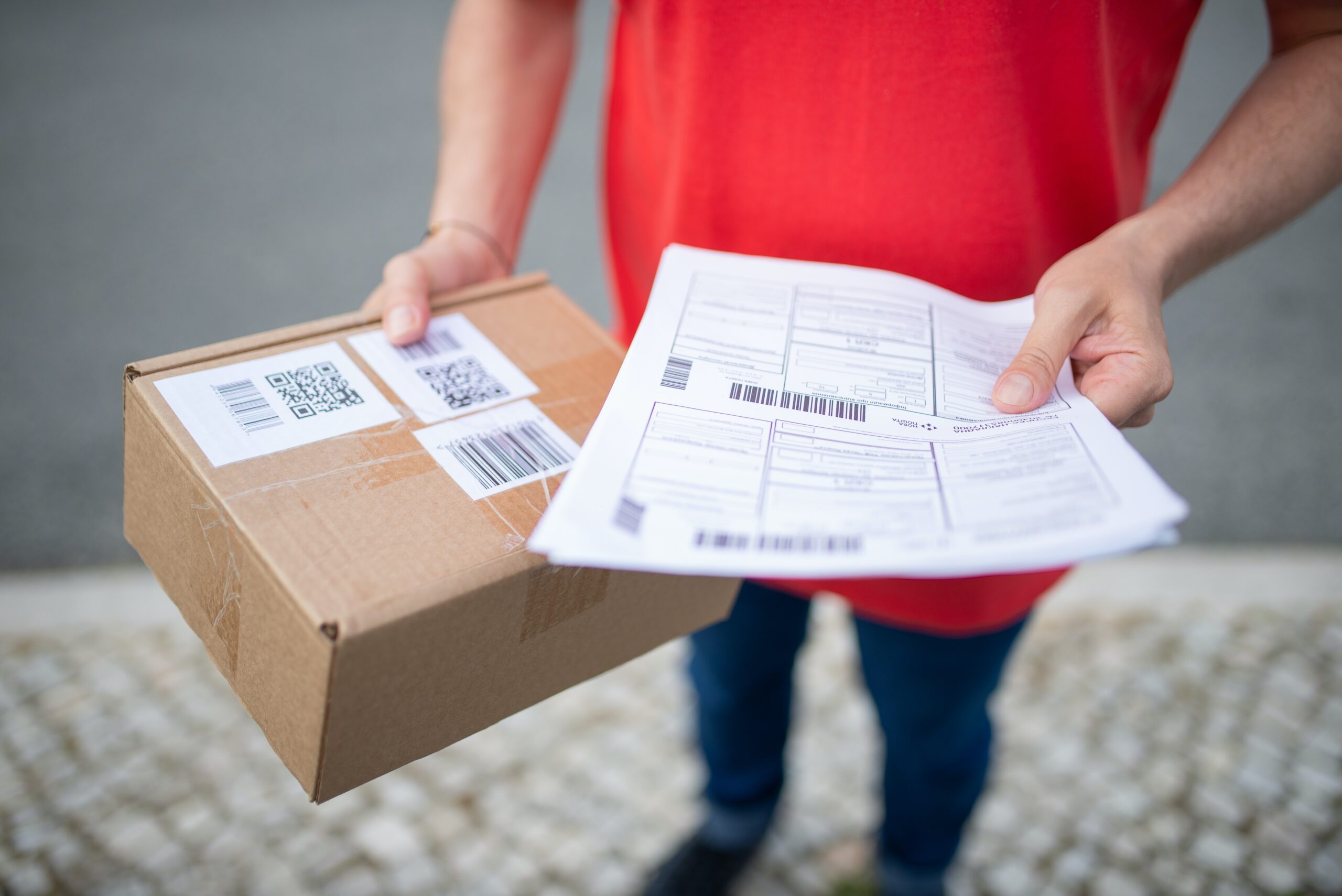02 Jan

BOL (VICS bill of Lading) and LTL (Less than Truckload)
Less-than-truckload (LTL) shipping is a type of shipping where multiple small shipments are consolidated into one larger shipment and transported by a carrier. LTL shipping is often used for shipments that are too large to be shipped as parcel but not large enough to fill an entire truck.
When it comes to LTL shipping the BOL plays an important role in the process. The BOL for LTL shipping will include details about each of the individual shipments that are consolidated into the larger LTL shipment. The BOL will also include information about the LTL carrier and the shipping route that the LTL shipment will take.
A BOL also includes information about the weight and dimensions of each individual shipment, as well as any special handling instructions that may be required. This information is used by the carrier to determine the appropriate equipment and resources needed to transport the LTL shipment.
A multi carrier shipping solution like Piyovi will be able to track the LTL shipment in real-time and provide the status of the shipment at any point in the journey. It will also be able to provide proof of delivery, as the BOL will typically include a signature line for the recipient to sign upon delivery.
In summary for a LTL shipping, BOL is an important document generated by Piyovi, it will include details about each individual shipment that is consolidated into the LTL shipment, also provides tracking and proof of delivery capabilities. It helps the shipper to keep track of the LTL shipment and ensure that it is delivered on time and in good condition.
The process of booking a less-than-truckload (LTL) shipment in Piyovi typically involves the following steps:
-
Gather shipping information: The first step in booking an LTL shipment is to gather all the necessary shipping information, such as the origin and destination addresses, the type and quantity of goods being shipped, and any special handling instructions.
-
Select a carrier: Use Piyovi to compare rates and transit times from multiple LTL carriers and choose the one that best meets your needs.
-
Prepare the shipment: Follow the appropriate regulations and procedures for packaging and labeling the goods. Make sure to properly package and label the goods to ensure they are safe during transportation.
-
Book the shipment: Use Piyovi to book the LTL shipment with the chosen carrier. Provide the necessary information about the shipment, including the origin and destination addresses, the type and quantity of goods being shipped, and any special handling instructions.
-
Print or generate BOL: Once the shipment is booked, Piyovi will generate a BOL. This BOL will include all the necessary information about the shipment, such as the shipper’s and consignee’s contact information, the type and quantity of goods being shipped, and the origin and destination of the shipment.
-
Track the shipment: Use Piyovi to track the LTL shipment and monitor its progress. Make sure to follow any additional regulations and procedures as required by the carrier.
-
Receive and provide Proof of delivery: Once the LTL shipment is delivered, the recipient will typically sign a proof of delivery document, which can be recorded in the multi-carrier shipping solution.
By following these steps, businesses can ensure that they are properly booking LTL shipments and that the goods are delivered on time and in good condition. Piyovi helps to automate the process and make it more efficient while keeping track of all the details of the LTL shipment.
Would you like to see LTL shipping and BOL generation in action with some real-life examples?
Recent Posts
- How Tech innovations in TMS are changing businesses
that are dependent on supply chain and logistics - Importance of BOL in a LTL Shipment
- Does your TMS solution ensure Dangerous Goods compliance and shipping automation?
- Are incorrect addresses causing costly address correction fees & delayed deliveries?
- How to leverage spot quote process across multiple modes
Recent Comments
Recent Posts
- How Tech innovations in TMS are changing businesses
that are dependent on supply chain and logistics - Importance of BOL in a LTL Shipment
- Does your TMS solution ensure Dangerous Goods compliance and shipping automation?
- Are incorrect addresses causing costly address correction fees & delayed deliveries?
- How to leverage spot quote process across multiple modes
Recent Comments

We provide seamless solutions to Small, Medium and Large Businesses. Whatever you ship, we can help.
©Piyovi. All Rights Reserved